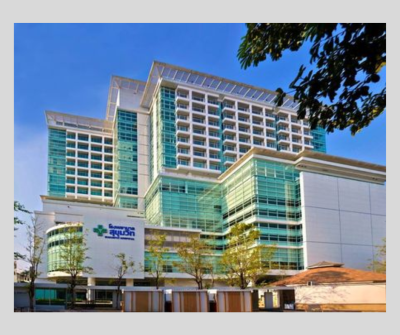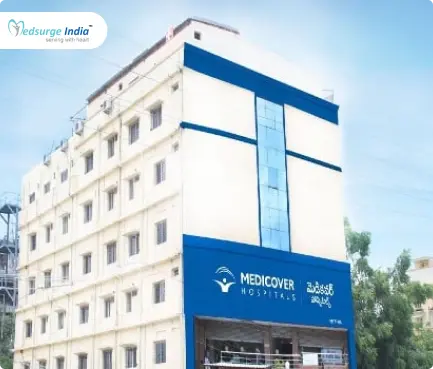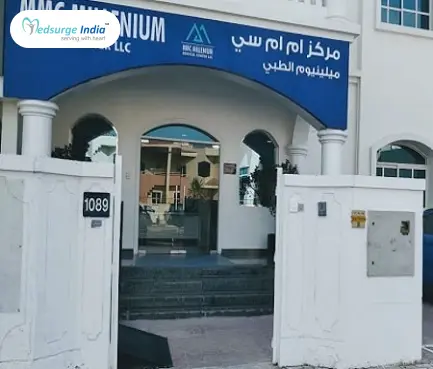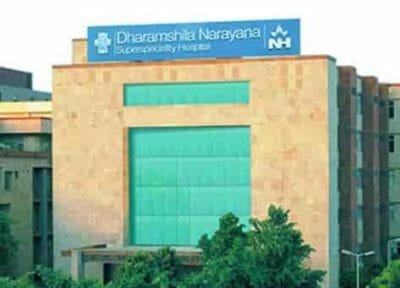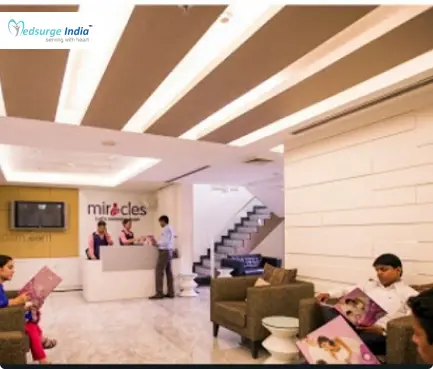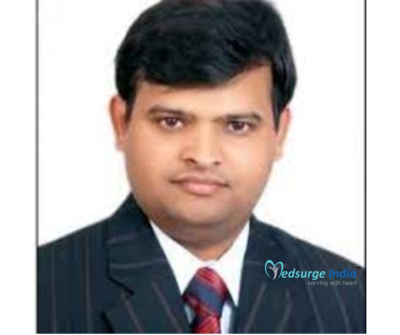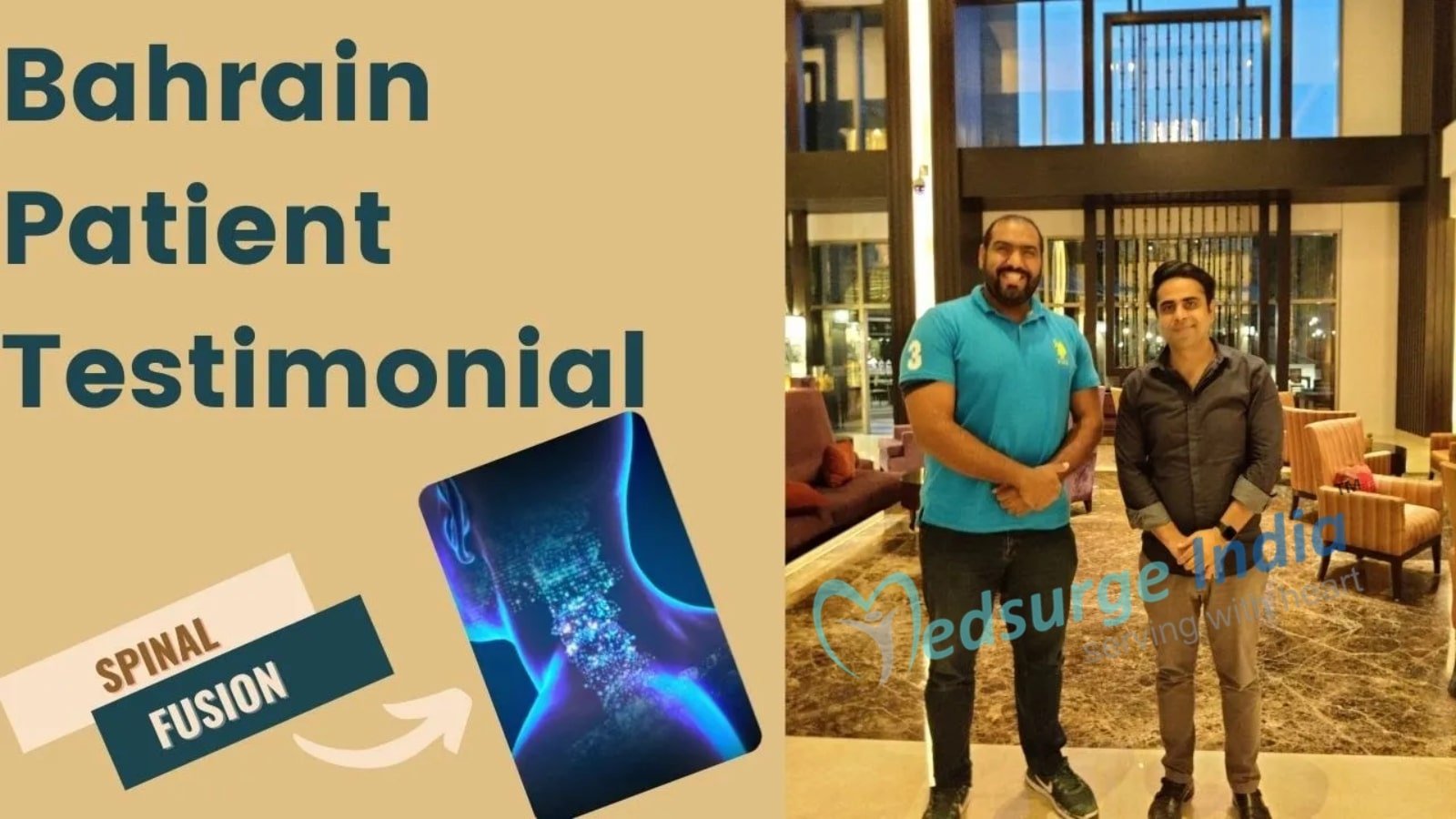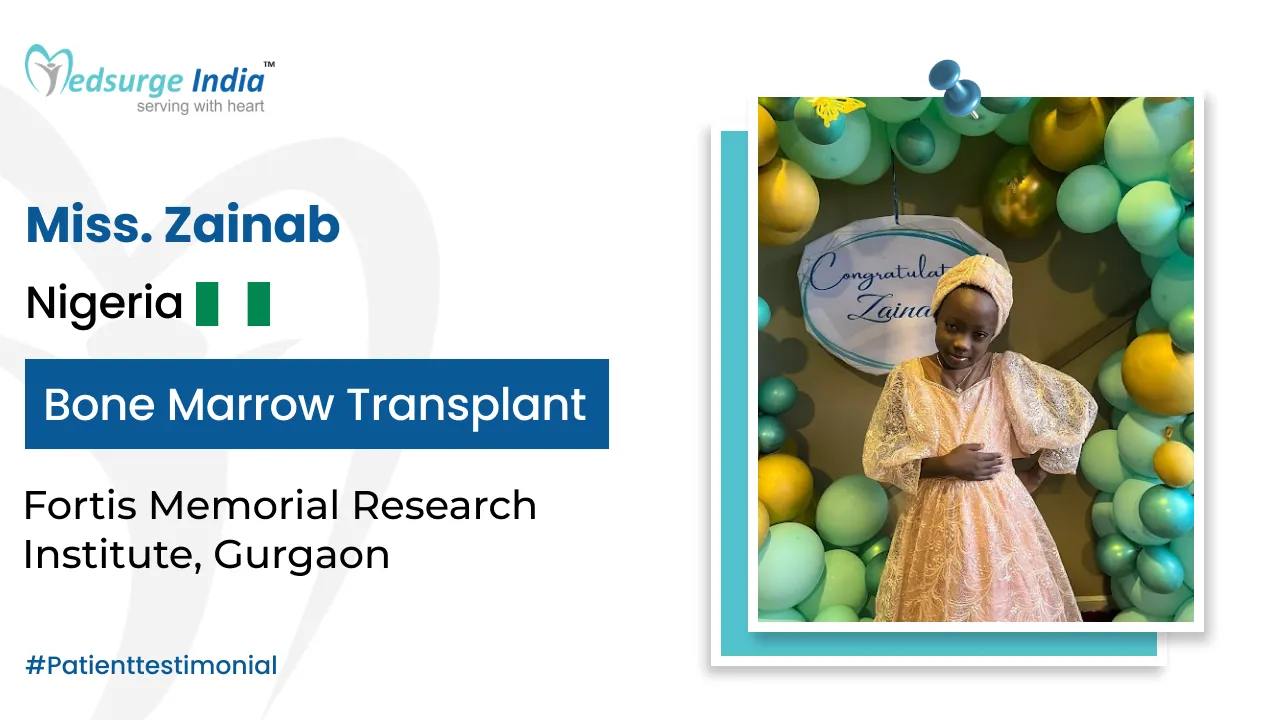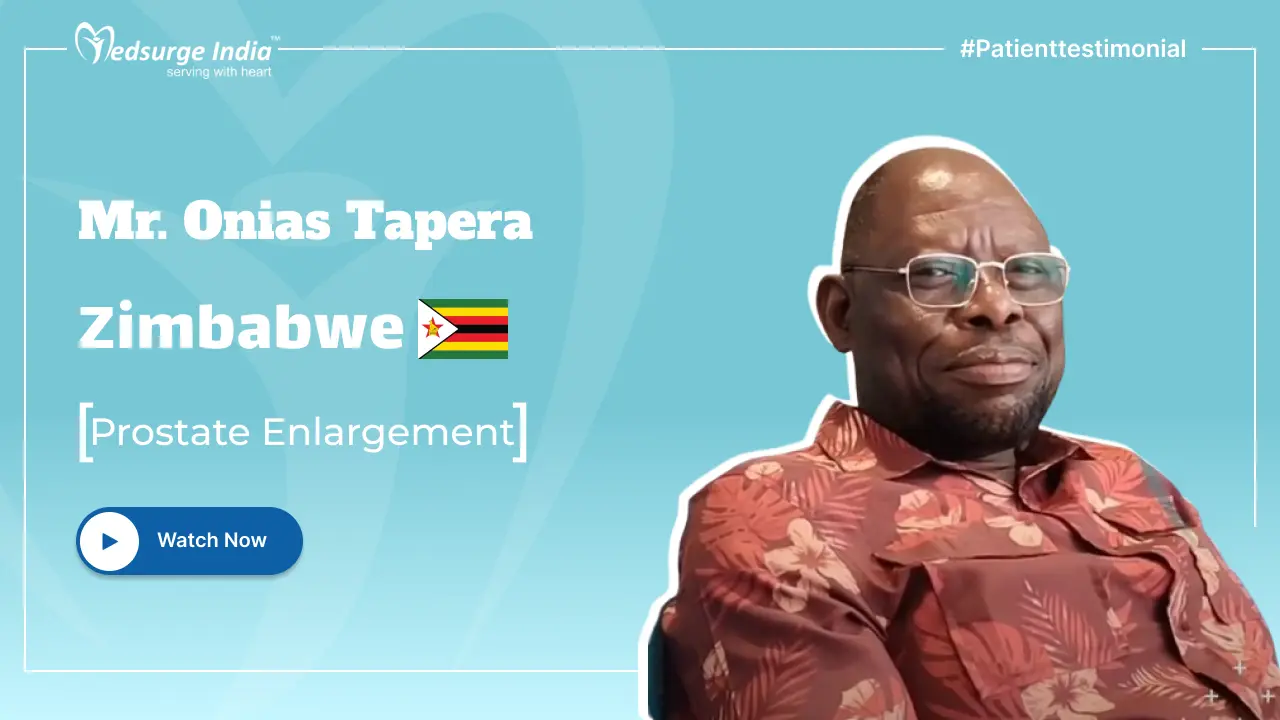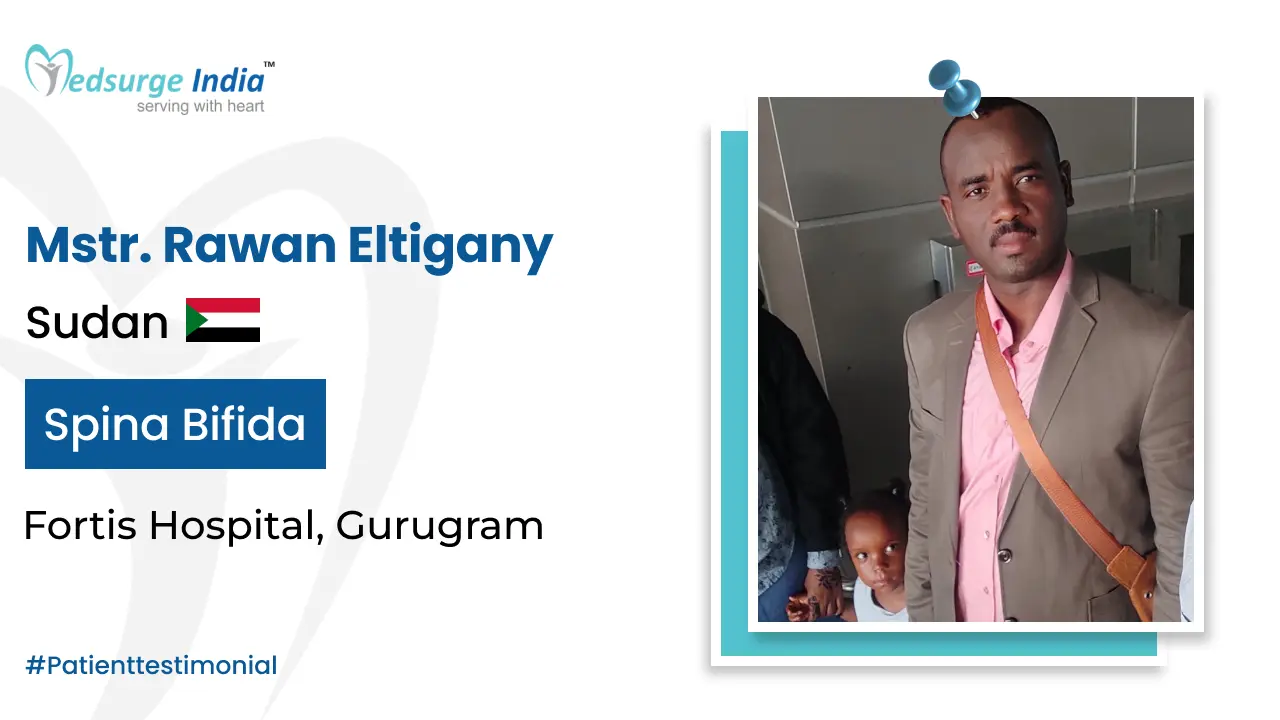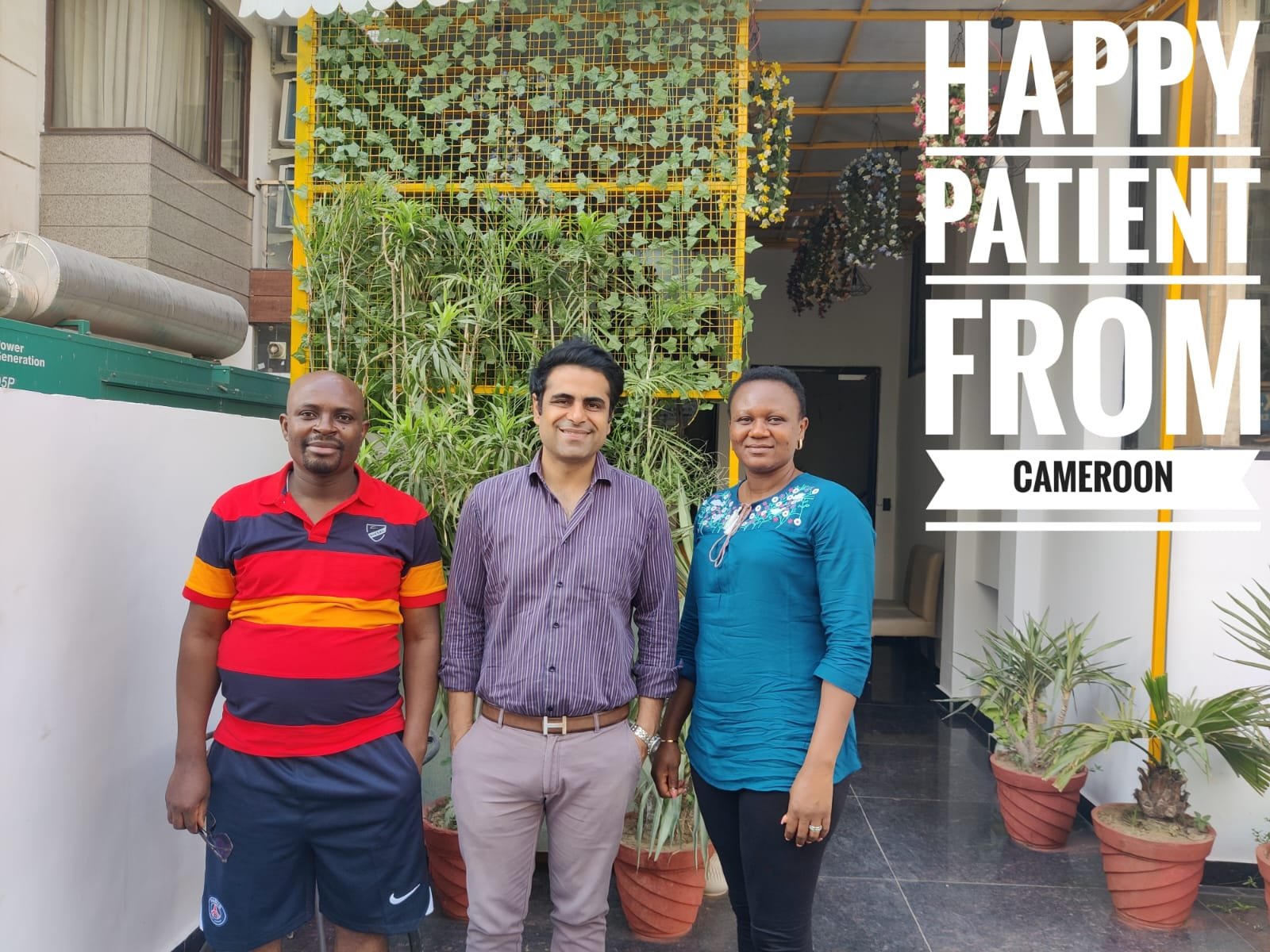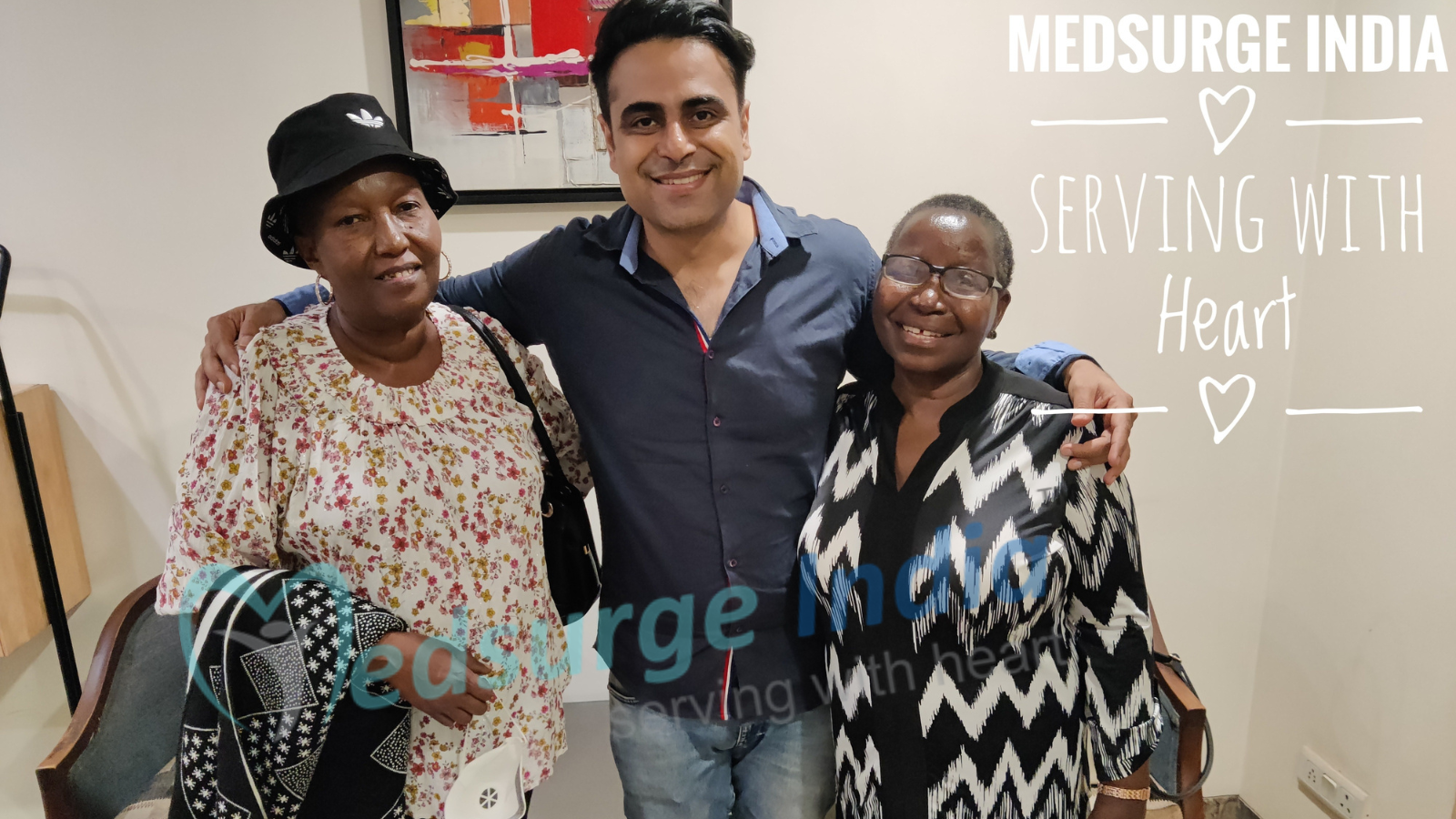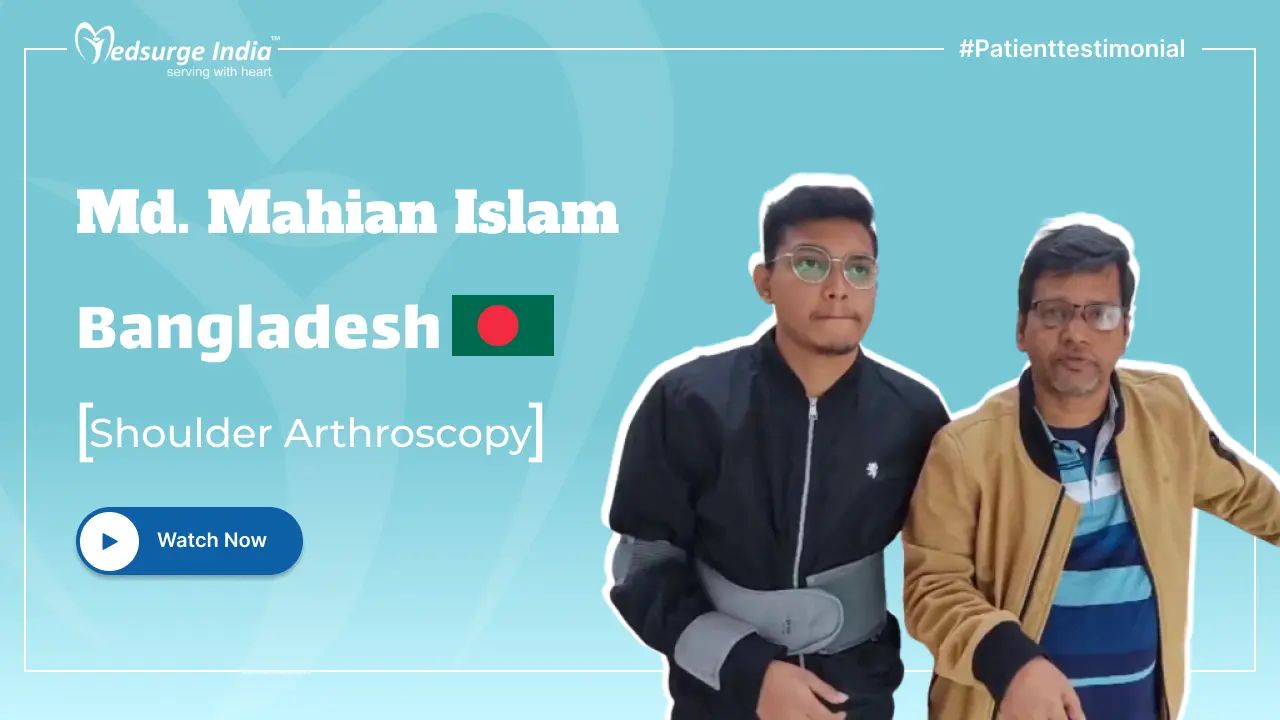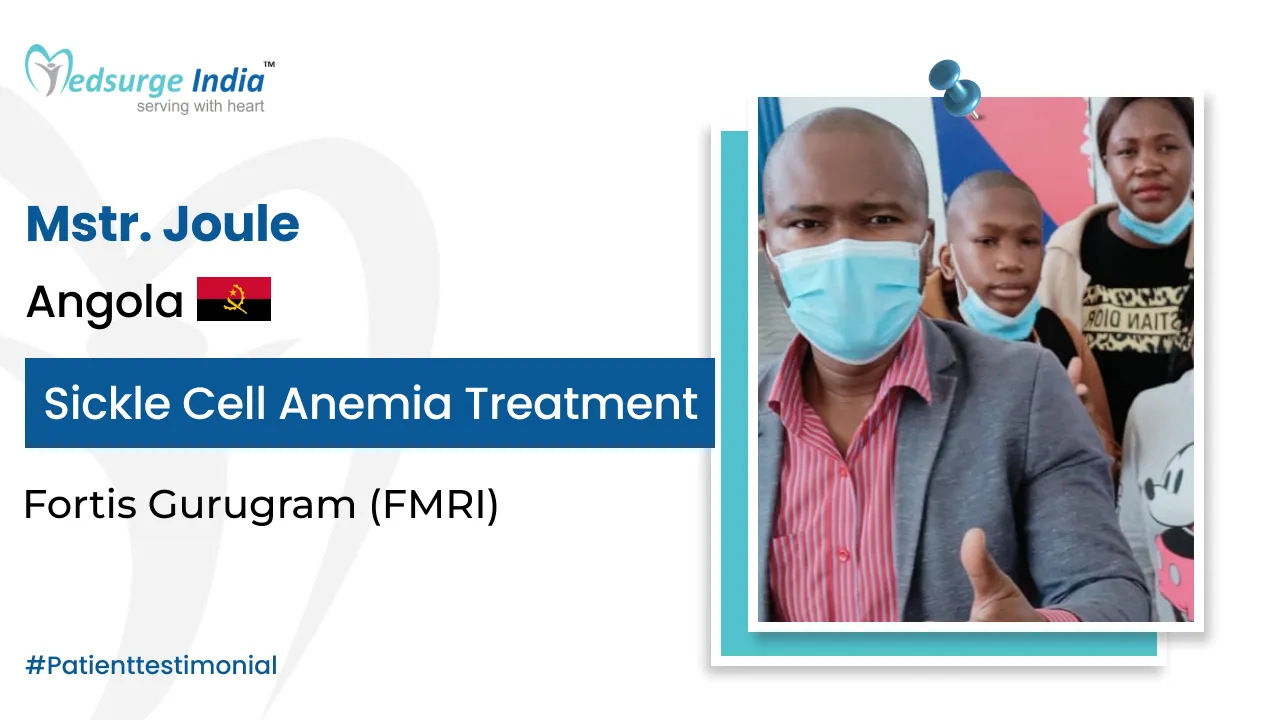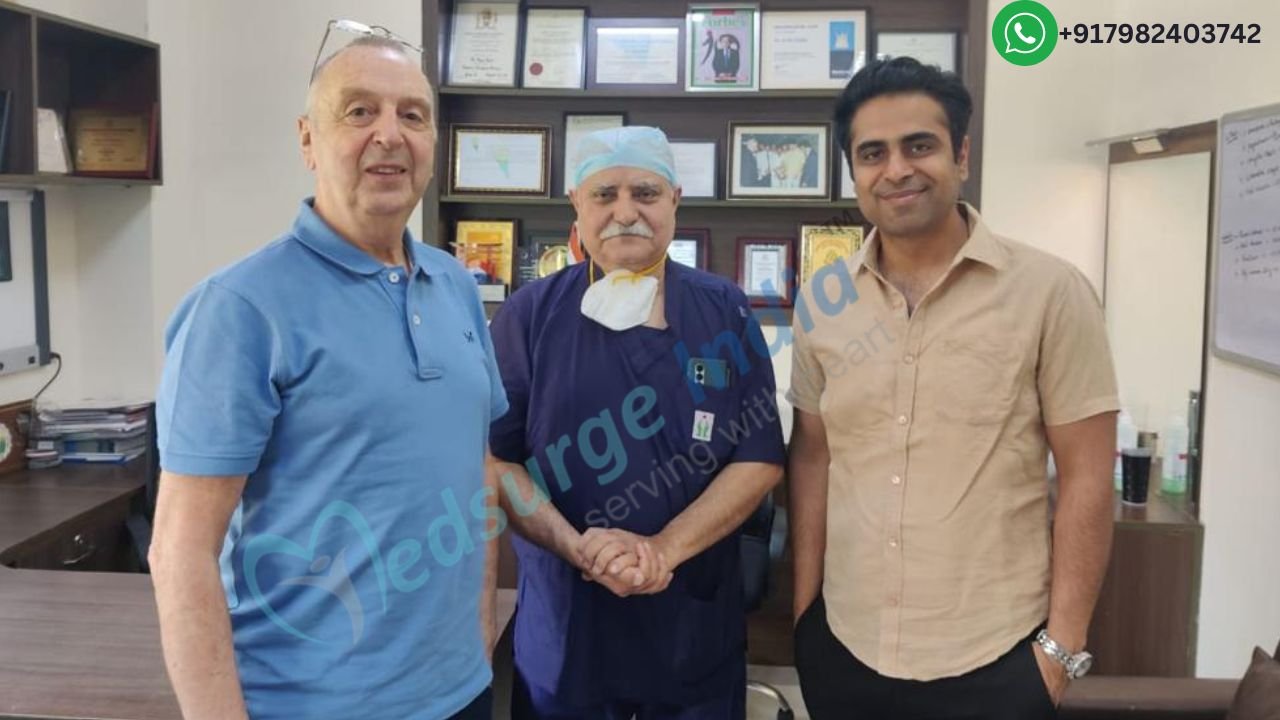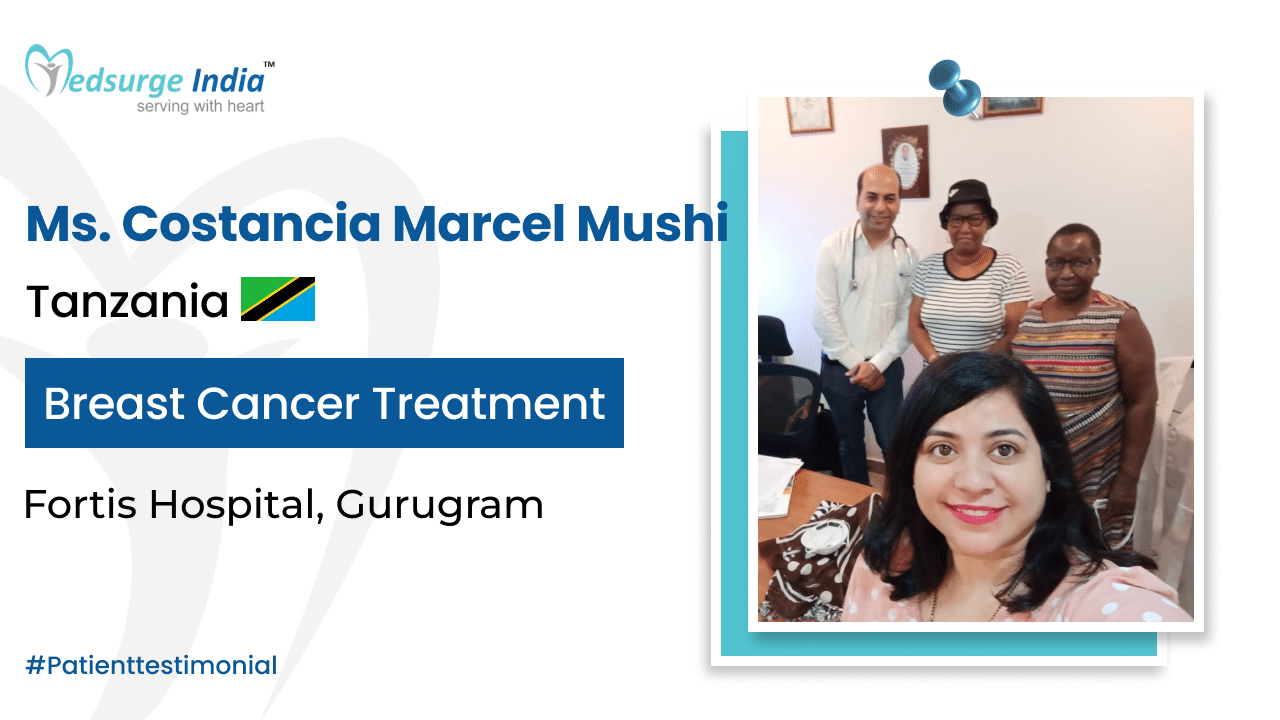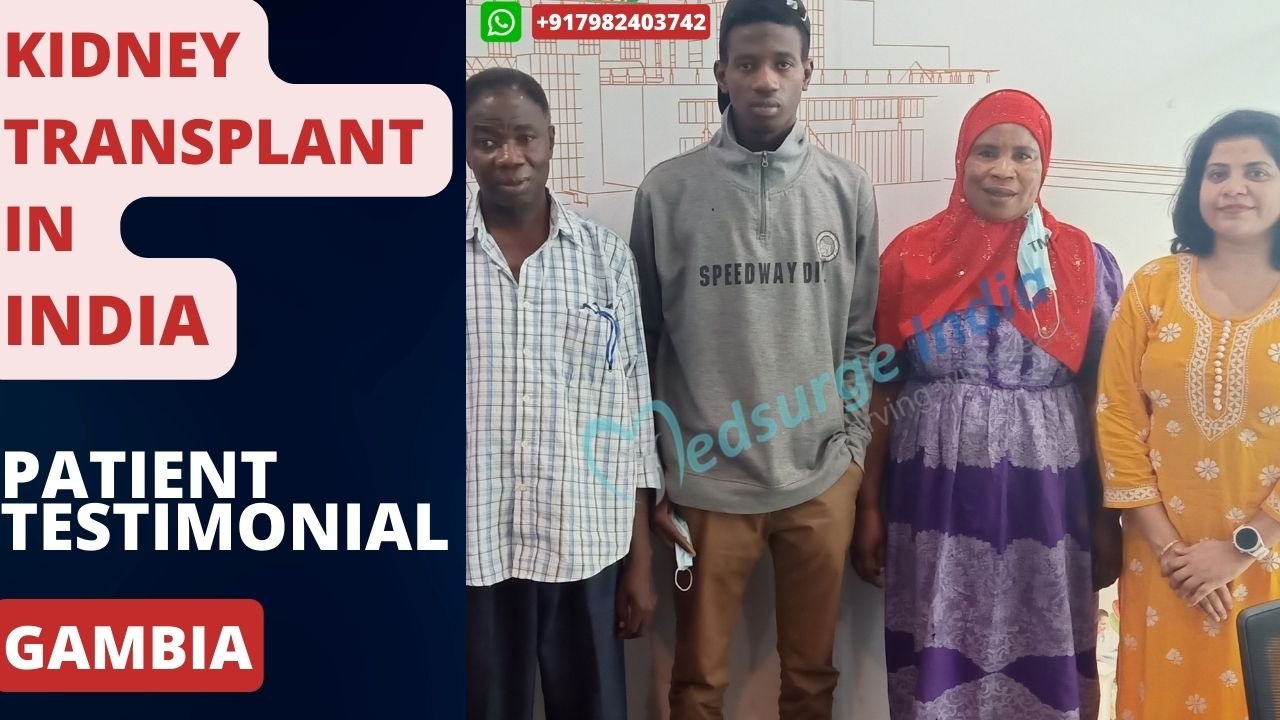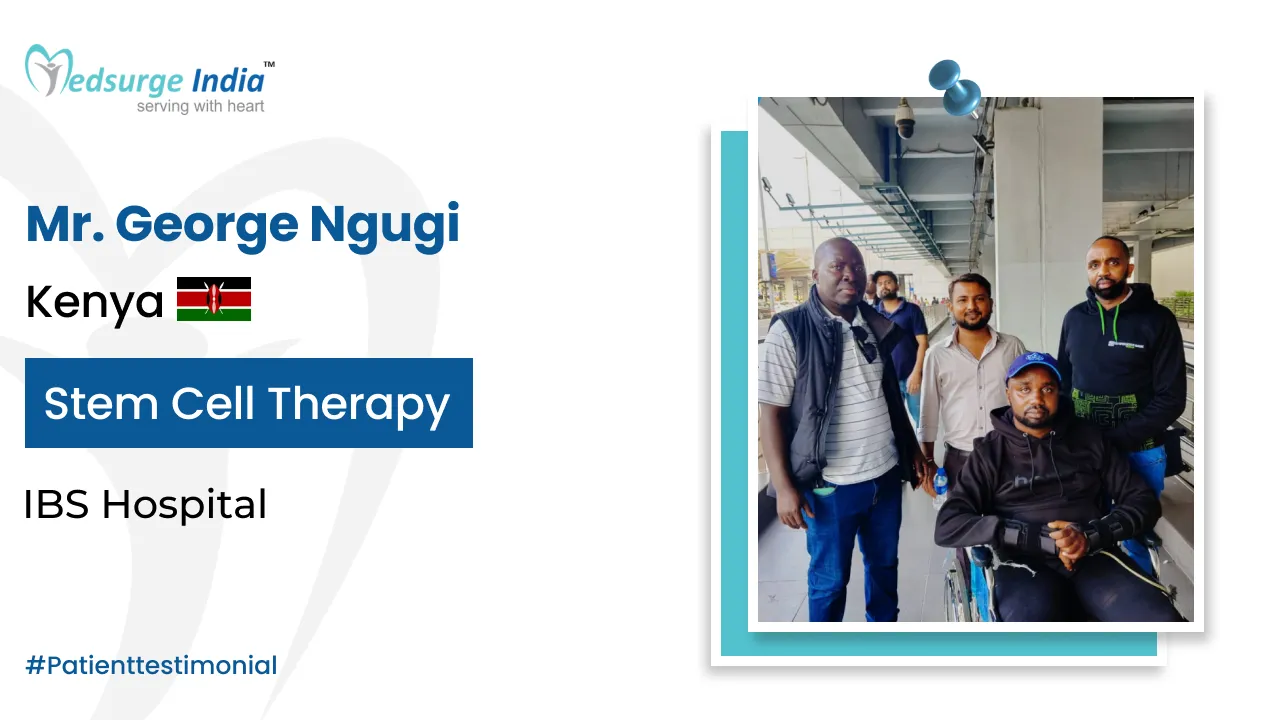
Large incisions, extended recovery periods, and unpleasant rehab used to be associated with spinal surgery. Surgical improvements, such as microdiscectomy surgery, have helped to improve the process.
Microdiscectomy Surgery in India, also known as microdecompression, is a minimally invasive surgical treatment used to treat ruptured lumbar discs in patients.
A surgeon will remove sections of the herniated disc to relieve pressure on the spinal nerve column during this procedure.
What Is Microdiscectomy?
Discectomy is a surgical procedure that removes herniated disc material from the lumbar spine that is pushing on the spinal cord or a nerve root. A special microscope is used to study the nerves and discs during the process, which is known as microdiscectomy. The surgeon can utilize a smaller incision with this broader view of the discs and nerves, causing less injury to the tissue surrounding the surgical site.
A little piece of bone (lamina) from the afflicted vertebra may be removed before the disc is removed to provide the surgeon with a clearer view of the herniated disc. The procedure might involve the removal of one disc (single-level) or multiple discs (multi-level) depending on the needs of the patient (multi-level). For leg and back discomfort caused by a spine condition, microdiscectomy has become the gold standard technique. The procedure does not change the mechanical structure of the lower (lumbar) spine since only a little section of the herniated or injured disc is removed and the rest of the disc is left intact.
The patient is recommended to get up and move as soon as the numbness subsides after surgery.
Who Is the Good Candidate for Microdiscectomy Surgery?
Depending on the type of spinal condition, a patient with a spinal problem may have a variety of symptoms. A lumbar microdiscectomy surgery can help with back and leg pain in some cases. To reduce discomfort and enhance movement, the doctor first suggests non-invasive techniques such as steroid injections, physical therapy, and medication.
When leg pain is severe and non-invasive treatments are ineffective, the patient may need surgery. If a patient is having trouble sleeping, working, or doing normal activities despite pain medication and other therapies, surgery may be considered sooner than six weeks.
In the following instances, a microdiscectomy spine surgery is advised for a candidate:
The disc is herniated, as evidenced by diagnostic and imaging procedures such as MRI, CT, and myelogram.
- Pain, weakness, or numbness in the leg or back that is severe and persistent
- Sciatica is a disorder that causes leg discomfort that is worse than back pain.
- Symptoms that don’t respond to therapies like physical therapy or medicine
- Cauda equina syndrome causes leg weakness and loss of sensation in the genital area, as well as loss of bladder and stool control.
Microdiscectomy Surgery Cost In India
Microdiscectomy Surgery Cost in India starts from USD 6500. Microdiscectomy Surgery cost in India vary according to many criteria, such as the facility, the surgeon’s fee, the intricacy of the procedure, and the health status of the patient. However, compared to Western nations.
List of Prices in Different Parts of India
| Cities | Starting Price |
| Delhi | USD 6500 |
| Gurgaon | USD 6600 |
| Noida | USD 6500 |
| Mumbai | USD 6700 |
| Hyderabad | USD 6500 |
| Chennai | USD 6500 |
| Kolkata | USD 6500 |
| Bangalore | USD 6900 |
Please note that the pricing of the treatment will vary depending on various factors.
Factors That Can Affect Microdiscectomy Surgery Cost in India
The standard and excellence of medical treatment and amenities are comparable to those of the most prominent healthcare facilities in the world, even after deducting the cost of lodging, meals, and transportation. Here are some variables that can affect Microdiscectomy Surgery cost in India:
- Medication costs.
- Duration of treatment.
- Geographical location.
- Hospitalization expenses.
- Government policies and subsidies.
- Medical tourism packages.
- Hospital reputation and infrastructure.
- The expertise and experience of medical professionals.
- The type and frequency of diagnostic procedures.
- The choice of treatment modality.
Under the direction of the most skilled physicians, Medsurge India provides the most economical Microdiscectomy Surgery cost in India for foreign patients. These characteristics can aid patients and medical professionals in effectively negotiating and making decisions that suit their individual needs and preferences.
Get Free Cost Estimation
Procedure
Microdiscectomy Surgery In India
To remove a herniated lumbar disc that is pushing on a spinal nerve root, a microdiscectomy is a frequently done procedure. Here is how the procedure is performed.
Before the Procedure
Microdiscectomy surgery is a complex treatment that requires the patient to be under general anesthetic. Depending on the complexity of the situation, the procedure can take up to an hour. After the anesthetic is administered, an endotracheal tube is inserted to allow the patient to breathe through a ventilator while undergoing surgery.
Intravenous antibiotics will be administered to the patient prior to surgery.
During the Procedure
- The patient will be in a prone position on an operating table with specific padding and supports, laying on his or her stomach.
- A particular cleaning solution is used to clean the operation area (low back region).
- In the midline of the low back, on the area directly over the ruptured disc, the surgeon will make a 1-2 centimeter longitudinal incision.
- The surgeon can see the spine region thanks to the specific retractors and operating microscope utilized in the process. The microdiscectomy is carried out either with a little incision or with no cutting of the surrounding muscles and soft tissues.
- While an x-ray is taken to confirm and identify the relevant disc in the patient’s spine, retractors are used to get access to the area.
- The lamina is removed, and the nerve root’s protective sac is retracted. The herniated disc is visualized and located using an operating microscope. Special instruments are used to remove the ruptured section of the disc. Bone spurs or a synovial cyst pushing on the nerve root will also be removed by the surgeon. The nerve root in the spine is decompressed, but the entire disc is not removed.
- Following that, the surrounding areas are evaluated to ensure there are no more disc pieces.
After the Procedure
Following the operation, the patient is transferred to recovery and then to a regular room. In the postoperative recovery area, a team of doctors will monitor blood pressure, heart rate, and other vital signs. Pain medications will be given according to the patient’s medical history. Gradually, the amount of exercise will be raised, starting with sitting in a chair and progressing to walking and other activities. The patient’s recovery will be aided by the physical therapist. Depending on the speed of rehabilitation, most patients will be discharged home in a few days.
A follow-up appointment with the doctor will be scheduled almost two weeks after the surgery. Some patients continue their physical treatment on an outpatient basis.
Depending on the patient’s overall condition and underlying ailment prior to surgery, the recovery period can last anywhere from one to four weeks. If there is any discomfort at the incision site, it will be treated with prescribed pain relievers. The pain caused by the condition might not go away completely after the procedure. It is critical to do the physical therapy exercises on a regular basis if they are prescribed.
What Are the Potential Risks and Complications of Microdiscectomy Surgery?
A microdiscectomy surgery, like any other type of spine surgery, comes with a number of risks and problems.
In roughly 1% to 7% of microdiscectomy procedures, a dural tear (cerebrospinal fluid leak) occurs. Although the leak may not affect the procedure’s outcome, the patient may be urged to lie down for one to two days after surgery to allow the leak to heal.
The following are some of the other risks and complications:
- Nerve root damage
- Bowel/bladder incontinence
- Bleeding
- Infection
- The possible buildup of fluid in the lungs that may lead to pneumonia
- Deep vein thrombosis, occurs when blood clots form in the leg
- Pain that persists after the surgery
Suggestion
During the first 2-4 weeks after surgery, avoid specific activities such as bending at the waist, lifting heavy weights (more than five pounds), and twisting from the waist. This is critical in order to avoid a strain, damage, or recurring disc.
During the first few weeks after surgery, avoid sitting in the same posture for more than 45-60 minutes. Patients should get up and stretch or go for a walk after sitting for 45-60 minutes before sitting down again.
Following lumbar microdiscectomy surgery, a stretching and strengthening exercise program, as well as aerobic activity, may be prescribed to assist avoid the recurrence of disc herniation or back discomfort.
The Most Important Frequently Asked Questions
Q: How Long Does It Take for a Microdiscectomy to Fully Recover?
A: Start with self-care to get things flowing as quickly as possible. Rest, medication, and sleep should all be prioritized. Exercise and physical therapy can help with recuperation after that. A complete recovery following a microdiscectomy takes roughly 12 weeks.
Q: After a Microdiscectomy, What Can’t You Do?
A: Until your back is totally healed from your operation, avoid running/jogging, vacuuming, weight lifting, sweeping/mopping, laundry, shoveling or raking, riding a lawnmower, wave runner, or anything else that could hurt your back. After surgery, you should not drive for at least two weeks.
Q: Is It Necessary for You to Be Intubated During Your Microdiscectomy?
A: This surgery is done under general anesthesia, which means you’ll be completely sedated, unconscious, and pain-free during the procedure. The anesthesiologist will manage your breathing by inserting a tube into your trachea (windpipe), which is known as intubation.
Q: After a Discectomy, How Should I Sit?
A: Avoid sitting in soft seats or on couches where your hips are below your knees after surgery. Place your feet on a tiny stool or box if a chair is too high for you to maintain proper sitting posture. Every 30 to 45 minutes take a break by standing up and stretching.
Q: Do You Require a Walker Following Back Surgery?
A: Your doctor will recommend that you walk as much as possible. For the first week, you will want assistance in the form of a walker or cane; however, following the first two to three weeks, while you are on firm ground, you should try to reduce your use of this device.
Top Hospitals for Microdiscectomy Surgery In India
Top Doctors for Spine Surgery
Dr. Rajagopalan Krishnan
Senior Consultant
Experience: 35 years of experience
Indraprastha Apollo Hospital, New Delhi
New Delhi, India
Dr. Neeraj Gupta
Consultant
Experience: 20 Years
Indian Spinal Injuries Center, New Delhi
New Delhi, India
Dr. Vikas Tandon
Senior Consultant
Experience: 23 Years
Indian Spinal Injuries Center, New Delhi
New Delhi, India
Dr. Vidyadhara S.
HOD
Experience: 21 Years of experience
Manipal Hospital (Old Airport Road) Bangalore
Bangalore, India
Dr. Gururaj M
Senior Consultant
Experience: 15 Years
Indian Spinal Injuries Center, New Delhi
New Delhi, India
Dr. Ankur Nanda
Senior Consultant
Experience: 20 Years
Indian Spinal Injuries Center, New Delhi
New Delhi, India
Dr. Sajan K Hegde
Senior Consultant
Experience: 34 years of experience
Apollo Hospitals, Greams Road, Chennai
Chennai, India
Dr. H. S. Chhabra
Chief of Spine and Rehabilitation Centre
Experience: 32 Years
Sri Balaji Action Medical Institute, Delhi
Delhi, India
Dr. Saransh Gupta
Consultant
Experience: 17 Years
Indian Spinal Injuries Center, New Delhi
New Delhi, India
Dr. Vineesh Mathur
Director , MBBS, MS, DNB
Experience: 28+ years of experience
Medanta - The Medicity, Gurgaon
Gurgaon, India





